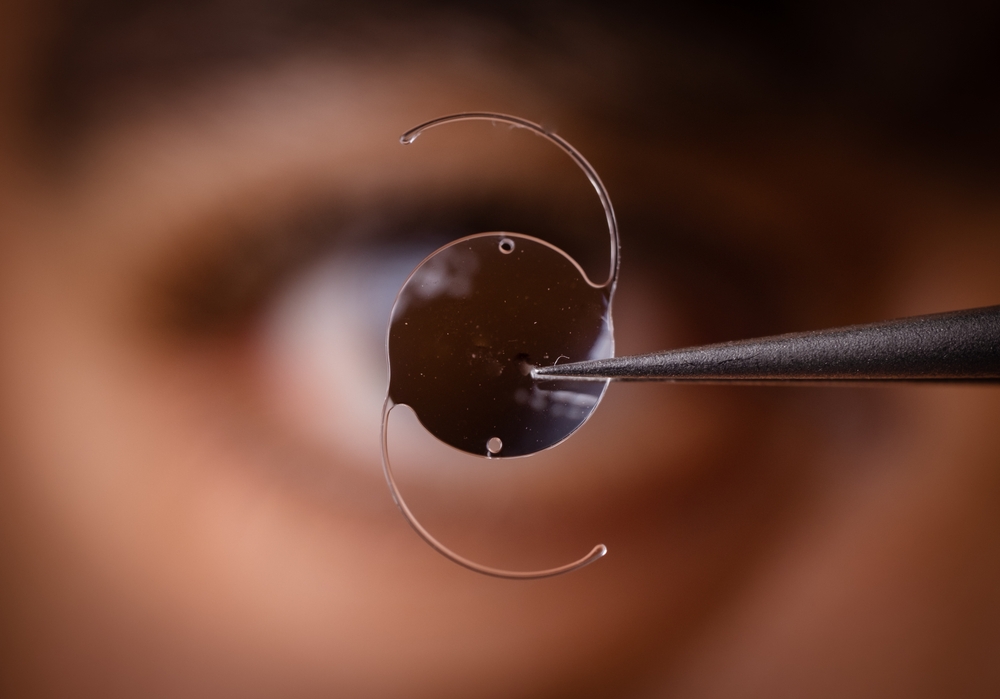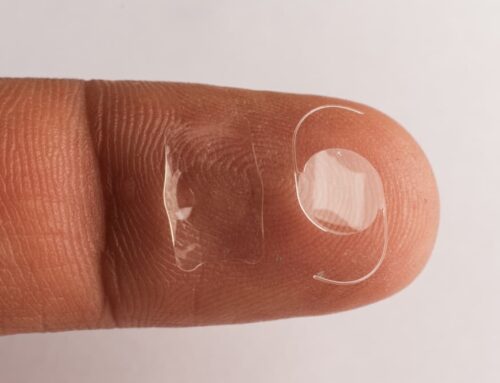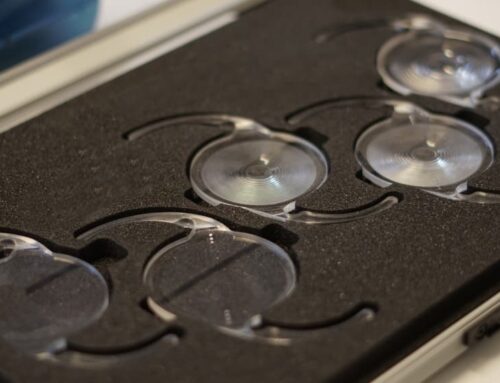Intraocular lenses (IOLs) are artificial lenses that replace the eye’s natural lens. They are commonly used in cataract surgery, which is a procedure where the cloudy natural lens is removed and replaced with an IOL. However, IOLs can also be used for other eye conditions, such as severe nearsightedness. In this blog, we will discuss the basics of IOLs and how they work.
Understanding Intraocular Lenses
A common question that resurfaces is what is an intraocular lens. According to the American Academy Of Ophthalmology, an intraocular lens, also known as an IOL. Is a small artificial lens implanted into the eye during cataract surgery or other eye surgeries. It is made of a soft, flexible material such as silicone or acrylic, and it can focus light on the retina, just like a natural lens. IOLs come in different sizes and materials to accommodate various eye conditions and individual needs.
Evolution and Development of IOL Implants
IOL implants have come a long way since they were first introduced in the 1940s. The earliest versions of IOLs were made of hard plastic and could only correct distance vision, leaving patients needing glasses to see objects up close. However, technological advancements have led to the development of multifocal and accommodating IOLs that can provide near and distant vision without needing glasses. These lenses also come in toric versions to correct astigmatism.
Types of IOL Implants
Several types of IOL implants are available, each with unique features and benefits. These are the most common types, and choosing the right one is very important:
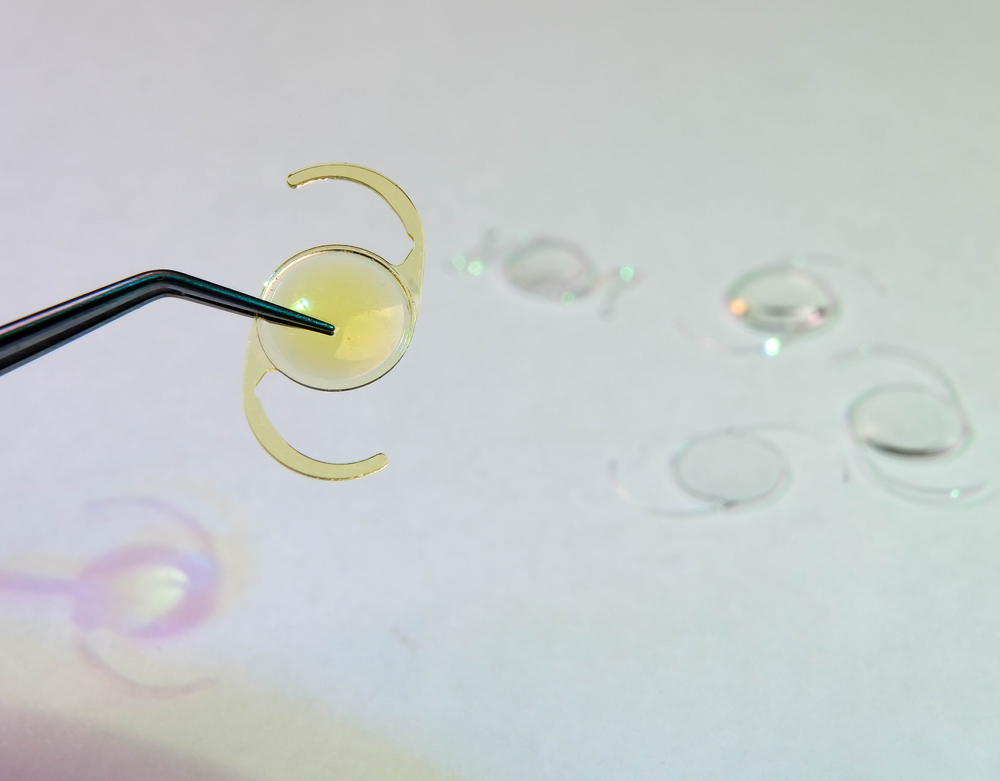
Monofocal IOLs
The primary lens used in cataract surgery is a monofocal IOL with a single focal length. It can be adjusted to focus on near, intermediate, or distant vision. Typically, it is set to provide clear distance vision, and individuals may wear glasses for reading or close-up tasks.
Presbyopia-correcting IOLs, or multifocal IOLs, offer various focusing powers in a single lens. These IOLs minimize the need for glasses and enhance visual independence by providing clear vision for multiple distances.
Multifocal IOLs
These intraocular lenses offer simultaneous vision for both distant and near objects. The lens consists of distinct zones with varying powers.
Accommodative Lenses
These lenses function similarly to the natural lenses in your eyes, as they adapt their shape to improve your vision of nearby or faraway objects. Accommodative lenses are an alternative to decrease reliance on glasses. However, if you spend extended periods reading or focusing on close-up objects, you might still find glasses preferable.
Toric Lenses
Toric lenses are designed to assist individuals with astigmatism by enhancing how light reaches the retina, improving visual clarity. These lenses are offered in various models, including monofocal, multifocal, extended depth of focus (EDOF), and accommodative, all of which aim to enhance vision quality. By reducing glare and halos, toric lenses help alleviate common visual disturbances experienced by individuals with astigmatism.
Light-adjustable lenses (LALs)
Light-adjustable lenses are unique among other IOL options because your ophthalmologist can precisely adjust their corrective power after your lens replacement surgery. This is achieved through several UV light treatment procedures spaced out over several days. These procedures are tailored to customize your lens prescription to achieve your desired visual outcome.
Materials of IOLs
Intraocular lenses (IOLs) are crafted from various materials, each chosen for its particular properties and benefits. The most common materials include polymethylmethacrylate (PMMA), silicone, and hydrophobic or hydrophilic acrylic.
- PMMA: Used for decades, known for clarity and rigidity, but requires a larger surgical incision.
- Silicone IOLs: More flexible, allowing for smaller incisions and promoting quicker recovery.
- Acrylic IOLs: Hydrophobic types are particularly preferred for biocompatibility and reduced risk of posterior capsule opacification, a common post-surgery complication.
Each material offers distinct advantages, helping ophthalmologists choose the best option based on individual patient needs and surgical considerations.
How do Intraocular Lenses Work?
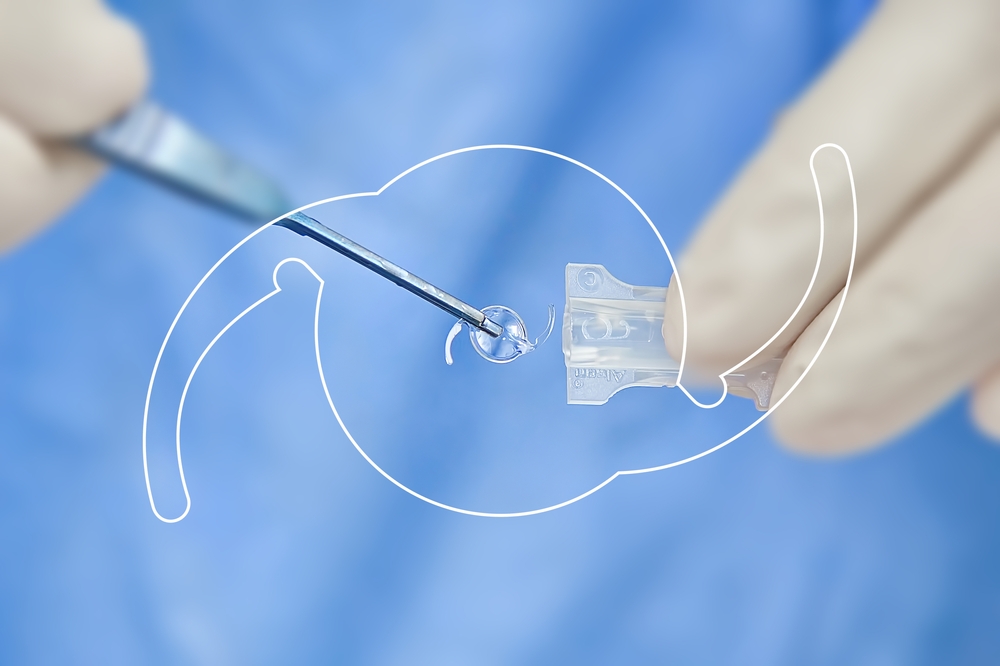
These lenses focus light onto the retina, replicating the natural lens’s function and restoring vision clarity. By mimicking the natural lens, they provide a precise and accurate focus, allowing individuals to see with improved sharpness and clarity.
Vision Correction Techniques and Applications
IOLs, or intraocular lenses, not only effectively address cataracts but also offer the added benefit of correcting refractive errors such as astigmatism or presbyopia. With IOLs, individuals can experience clear vision at various distances, enhancing their overall visual capabilities and quality of life.
Conditions Treated by IOL Implants
Similar to glasses or contacts, IOL implants can address vision problems, including:
- Myopia (nearsightedness).
- Hyperopia (farsightedness).
- Presbyopia (age-related farsightedness).
- Astigmatism (altered eye shape)
However, the main purpose of creating the IOL was to correct cloudiness caused by cataracts. It is the only way to restore vision once cataracts have developed fully.
IOL Implants: Procedure and Placement
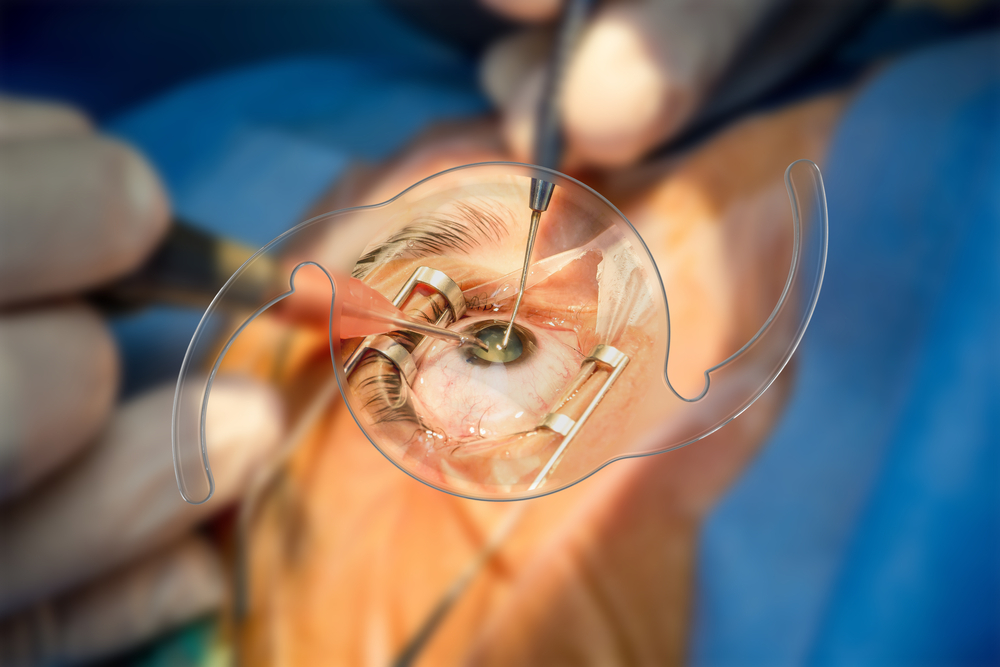
The procedure for inserting IOL implants is similar to that of cataract surgery. It involves removing the natural cloudy lens and replacing it with an artificial intraocular lens.
Once the cataract is removed using phacoemulsification, a small incision (2-3 mm) is made in the cornea through which the IOL implant will be placed. The IOL is then inserted through this incision and placed in the same location as the natural lens.
The recovery period for IOL implant surgery is relatively short compared to other eye surgeries. Many individuals experience improved vision within a few days, with full recovery expected within 4-6 weeks. Most patients can resume their normal daily activities.
Advantages and Considerations
This procedure has various benefits and considerations you need to know about.
| Benefits | Considerations |
|
|
However, in general, most individuals who undergo IOL implant surgery experience significant improvements in their vision and quality of life. This makes it a great option for treating various eye conditions.
Start Your Journey Towards Better Vision
Intraocular lenses are crucial in restoring vision and correcting refractive errors in individuals with cataracts or other visual impairments. With technological advancements, various IOL options are now available to suit individual needs and provide improved visual acuity at different distances.
At Eye Care Professionals, we are dedicated to providing the best care for our patients and helping them achieve clear and improved vision. If you are experiencing visual disturbances or have been diagnosed with cataracts, contact us to learn about how IOL implants can help improve your eyesight. Our knowledgeable and friendly staff will happily assist you on your journey towards a better vision.




